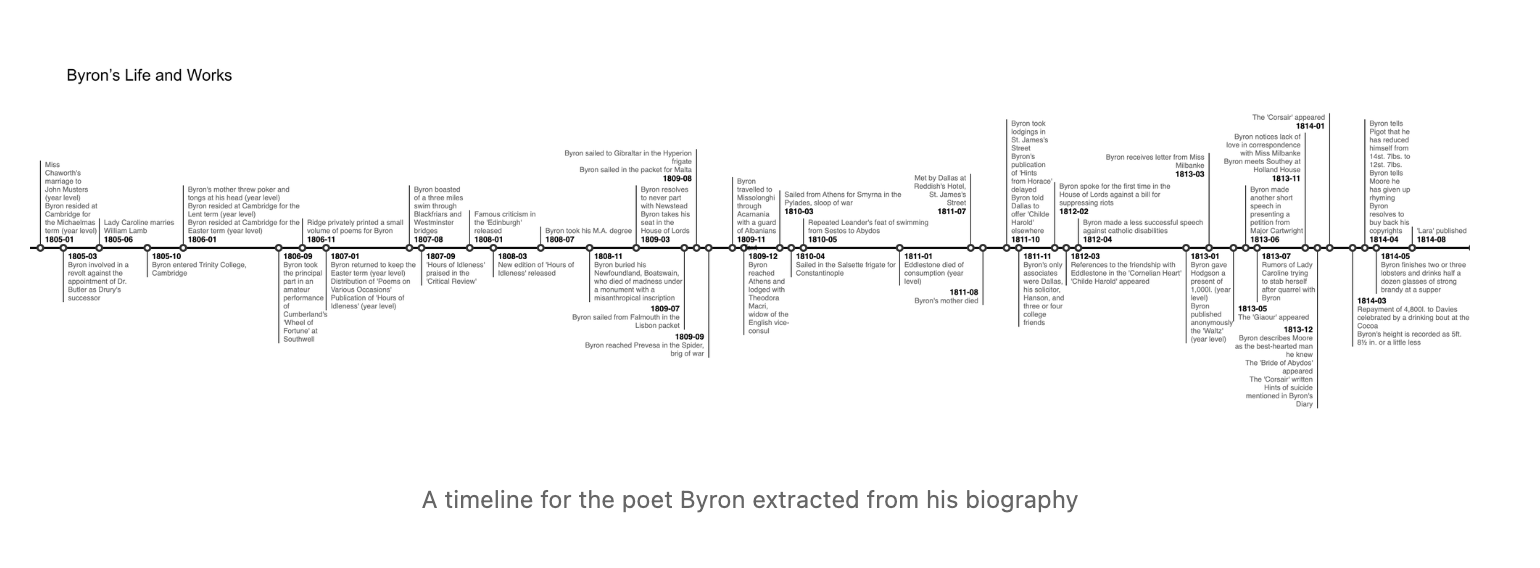What is information extraction?
Unstructured data (free text, image or audio files) is often some of the most valuable data you have. From these sources we can infer opinions, beliefs, interests, tastes, emotions and needs. But for analysis we mostly need structured data; the kind that can be put in tables.
Coppelia uses the latest machine learning and natural language processing techniques, including Large Language Models, to extract the information from unstructured data so that it can be analysed as structured data. For example, we can extract all the people, places and things mentioned in text, or seen in an image. Or we can extract the topics that are being discussed and the attitudes people have towards these topics.
Why would you need it?
There are many reasons you might want to do information extraction. For example, interests and tastes are highly predictive of other behaviours and so might be used for user recommendations and personalisations. You might need to pull out important relationships that are buried in free text, such as who has invested in who. Or you might be looking for much subtler indicators such as evidence of bias in web content or of an emotional reaction to a product or situation. Coppelia has used information extraction in all these scenarios.
Where have we used it?
Coppelia has extracted information for its clients from magazine articles, phone interviews, survey response, wikipedia pages, social media posts and business webpages. We usually use it in combination with other Melt services such as user segmentations, social network analysis and NLP powered research.
Unfortunately we cannot share client work, however we have made timeline.ai (our LLM package for extracting timelines from pdf) publically available.







